Building Values for Life
Trail Blazers is an award-winning youth development organization that has touched the lives of thousands of young people for over 130 years. Through outdoor experiential programs, accessible to all, Trail Blazers creates a world where all people have opportunities to go outside and grow within.
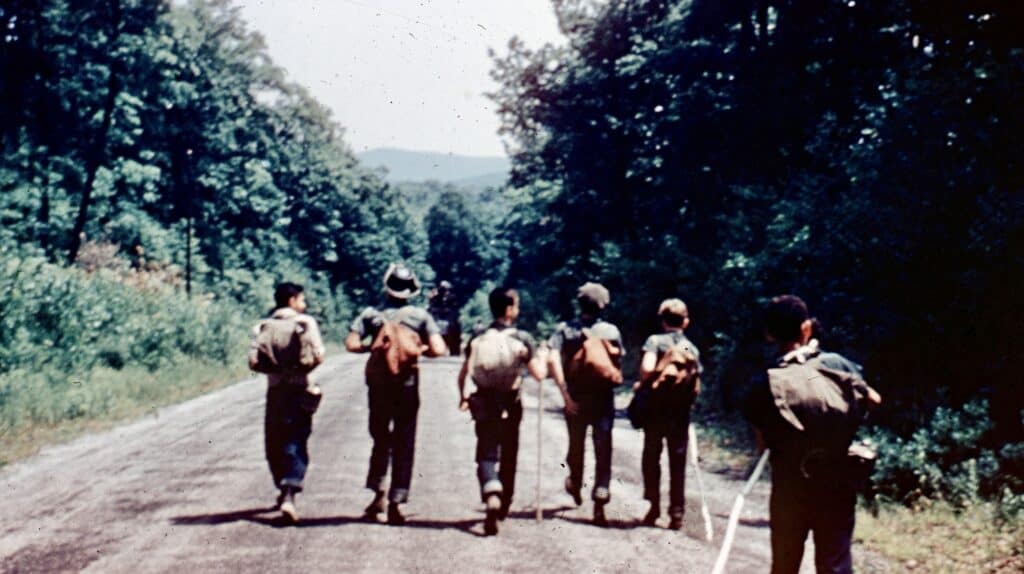
Anchored first by the ideas of brilliant, passionate and inspired people, and later by the magnificence of the Mashipacong estate in New Jersey, Trail Blazers has developed into a multifaceted youth development organization that serves thousands of children in New York and New Jersey.
We have always been – and are now more than ever – a program that emphasizes connecting to each other through collaborative outdoor experiences. In a world that has seen growing inequality in recent years, the issue of access is more profound than ever; in a world dominated by screens and social media, Trail Blazers’ philosophy and values are both timeless and timely.
In 1887, John Ames Mitchell, the original editor of Life magazine, founded the Life’s Fresh Air Fund to take underprivileged children from the summer heat of city slums to the clean air and sunshine of a country farm. He published an appeal for funds under the caption “Three dollars will send a child to the country for a fortnight,” using the Tribune Fresh Air Fund as his vehicle. In this first year, he raised $800 to send 266 children from New York City to the Life Fresh Air Farm in Branchville, Connecticut.
By 1918, nearly 40,000 boys and girls had spent two weeks in the country, at a cost of $6.92 each. In 1923, the program received fresh impetus when James Cox Brady offered his family estate near Pottersville, New Jersey, as the site for a second Life’s Farm. At both the Branchville location and the Brady Estate, boys and girls participated in a centralized, departmentalized program.
In 1925, a young educator named Lloyd Burgess Sharp became Executive Director. A well-known educator associated with Columbia University, Sharp was a pioneer in the development of modern concepts regarding outdoor recreation and education. Sharp changed the name of Life’s Farm to Life Camps. At this point, the children were segregated by sex. The Branchville property was designated Life Girls Camp, and the Brady Estate became the site for the Boys Camp and was named Camp Raritan.
Lois Goodrich, the camping legend, started at Life Fresh Air Fund in 1931. She renamed the organization “Trail Blazers” in 1953 and served as the Executive Director until her retirement in 1980. During her tenure at Trail Blazers she wrote the perennial educational classic ‘Decentralized Camping’.
In 1938 Doris Duke gave permission for camp to use 1,000 acres of land near Sussex County, surrounding 55 acre Lake Mashipacong. Duke willed this incredibly rare and special place to the Nature Conservancy to insure its pristine state for perpetuity; she also provided 99 year renewal leases to Trail Blazers in order to ensure the continuation of our special work on this property.
To read more about our history, Calvin Stillman’s A Century of Sharing: The First Hundred Years of Trail Blazer Camps can be found here.
Trail Blazers began introducing decentralization into the program in the 1920s. Sites were set up that allowed small groups of campers living with one or two counselors to operate as their own individual camp groups. This required groups to be as self-sufficient as possible, and made it possible for the developmental needs of each individual camper to be attended to.
At that time, as today, each smallcamp group was largely responsible for its own camp programming, the process of which was guided by counselors yet implemented by children. “Programming” in this sense was no longer limited to instructor-led activities; rather, it began being seen as everything that happens within and around the group. Routine tasks of outdoor life were elevated; lashing washstands, cooking meals, tending fires were no longer background activities, but actions to take pride in. Living, working, and playing closely with a small number of peers facilitates deep connections that guide the development of program plans, which are by their essence tailored to fit the needs and interests of each group.
Trail Blazers’ decentralized summer camp program is the outcome of many years during which ideas from a number of sources evolved into an integrated philosophy. Our programs are deliberately non-curriculum driven; instead of central planning, each participant plays an essential role in designing their own experience. We believe youth learn best best and grow most when deeply involved in their own experience. We value process over product, which requires a great deal of flexibility. While Trail Blazers has broad goals for participants, individuals and their groups are actively involved in planning different components of their days. It is essential for programs to allow individuals to experience the day their personal way. This is true experiential learning rooted in personal goals, personal experience, and personal accomplishments.
Pioneers in the world of camping, it was Trail Blazers that developed the concept of outdoor education. Our present philosophy took root in the 1925, when L. B. Sharp became Executive Director of Life’s Farm and described what we believe today: “The individual camper should have experiences in adventure and exploration that are only possible in a wholesome camping environment, and are not repetition of the forms of recreation that are available in the city.” Sharp and his staff fully grasped the educational potential of the camping environment and immediately began seeking ways to create a more meaningful camp experience. Camp programs were reorganized along educational lines, with the emphasis placed on the individual camper.
Trail Blazers was the first organization to have offered this intentional approach to outdoor learning in a camp setting. Our approach has been developed over the course of 130 years, and continues the mission of providing outdoor, adventure-based experiences where youth learn lessons and skills for life. Using the environment as the main facilitator, we create an experience that is personal to each participant and offers opportunities for personal growth and educational development across a spectrum of areas.
Since 1939, Trail Blazer Camps has had the privilege of operating its summer overnight program and other outdoor educational programs at a magical property in Montague Township, NJ, that we lovingly refer to as our “Mashipacong Estate.” Trail Blazers acknowledges that this property is part of the Lenapehoking (land of the Lenni Lenape Indians) that included present-day northeastern Delaware, New Jersey and eastern Pennsylvania along the Delaware River watershed, New York City, western Long Island, and the Lower Hudson Valley; and was taken away from them by European colonists in the 17th century. Trail Blazers pledges to remember that we owe a great debt of gratitude to the Lenape people, past, present, and to come, for allowing us the opportunity to enjoy the land that they lived on and preserved, and we commit to preserving it for future generations.
In the late 1600s, the land that would become Mashipacong Bogs Preserve was owned by the East Jersey Board of Proprietors, a real estate corporation. Originally targeted for development, the majority of this region was divided into one-square mile lots by the corporation, called Great Lots. These allotments were initially intended to bring in revenue to its owners, the East Jersey Board of Proprietors, through rent payments and charges for logging privileges. ‘Great Lot #15’ (or Mashipacong Bogs Preserve) is the only Great Lot to have never been subdivided from its original size.
Trail Blazers overnight camp is located on 1,000 forested acres in the Kittatinny Mountain Ridge of Northwestern New Jersey, six miles from the Delaware River. The wooded, rocky Kittatinny Mountain Ridge runs along the Delaware River for approximately 40 miles. The ridges of the Kittatinnys are some of the highest throughout the Appalachians from New York State to Eastern Tennessee. The site is surrounded by 30,000 acres of State Park and Forestland, acting as a buffer zone against the encroachment of commercial development, allowing the primitiveness so unique to the property to remain in its natural state. This area remains in pristine condition, the ecological integrity of local species and natural communities, as well as rich historic elements, are preserved through consistent land management.
The development at Mashipacong Bogs was restricted to the addition of a historic camp site that was originally leased by Doris Duke to Life Fresh Air Camp, today known as Trail Blazers. All but one of the rustic buildings on the Mashipacong property were constructed by hand to suit the camp program, using stone and lumber harvested on the property itself.
The preserve represents the best remaining example of a Northern boreal bog ecosystem in New Jersey. The preserve contains two glacial bogs with a surrounding black spruce swamp and several small streams that drain from the uplands into the wetlands. These wetlands and the surrounding forest allow for many flora, fauna and natural communities of special interest:
Bog Rosemary (Andromeda polifolia glaucophylla), Dwarf Mistletoe (Arceuthobium pusillum), Small Cranberry (Vaccinium oxycoccos), Creeping Snowberry (Gaultheria hispidula), Pale-laurel (Kalmia polifolia)
Northern Goshawk (bird of prey), Solitary Vireo (songbird), New England Bluet (damselfly), Pepper & Salt Skipper (butterfly)
Glacial Bog Ecosystem, Leatherleaf-Sphagnum Boreal Dwarf-Shrubland Ecosystem, Black Spruce Swamp Ecosystem
The preserve is home to many other endangered, rare and common species such as bobcat, black bear, beaver, waterfowl and songbirds.
The Nature Conservancy manages the land to protect the fragile communities on our preserves. Management includes actively monitoring and removing invasive species. Community volunteers are essential to this work, and include young and old alike. Special thanks to staff and campers from Trail Blazers camp, located on the preserve’s land leased from the Conservancy, who continue to help supervise the health and the threats of the ecological communities, while learning about the area’s unique ecological features.
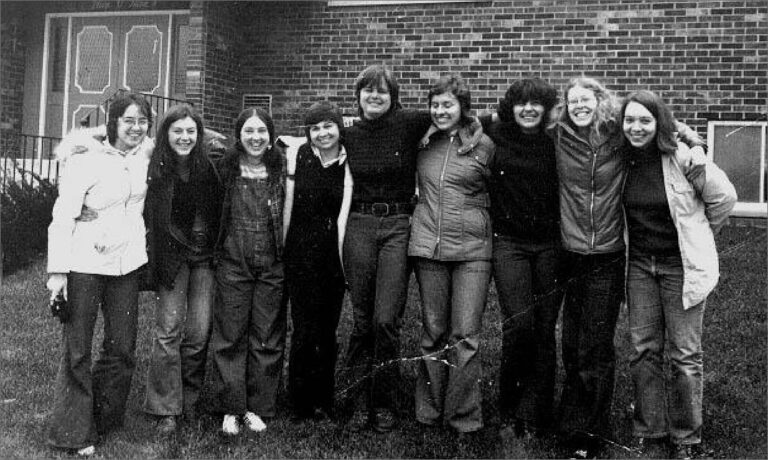
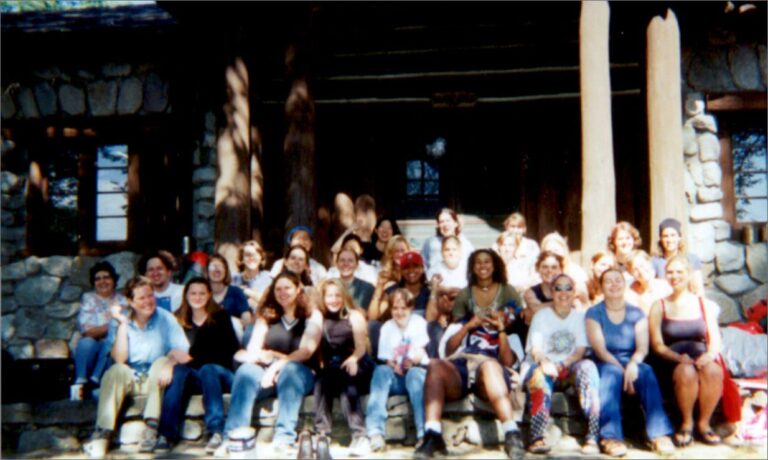
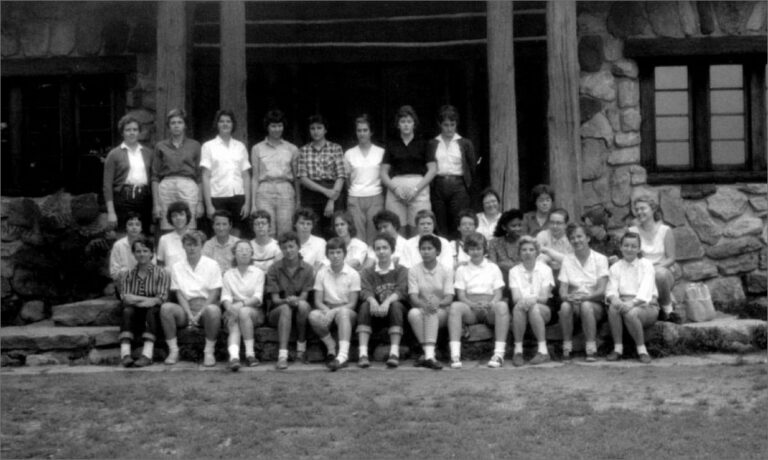
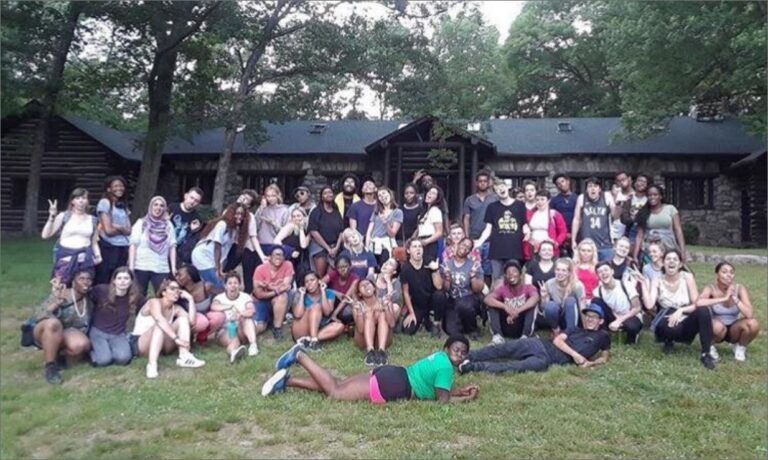
What Our Alumni Say
A mind stretched by a new experience can never return to its original form … I found it to be true every time I attended Trail Blazers.” ~ Alumna, 1945
“What I most treasure are the friendships that I made. The TBC ethos of respect for and enjoyment of the varieties of people and the variety of the natural world inspired me… and was the reason for my return as camper and counselor.” ~ Alumna, 1945